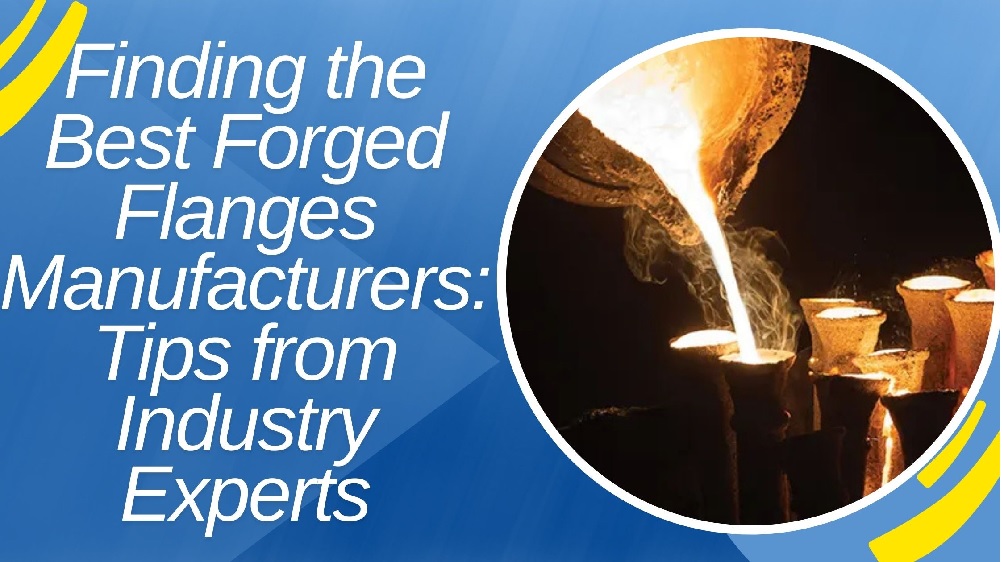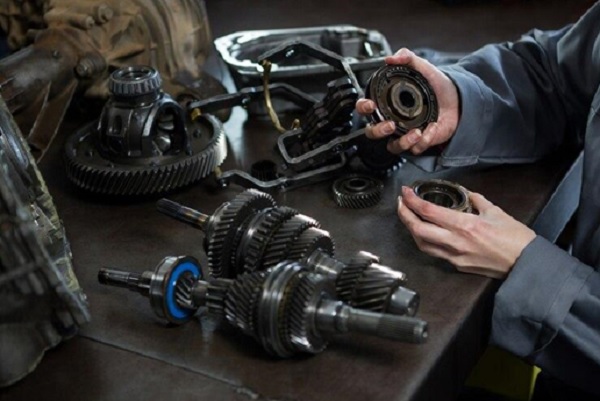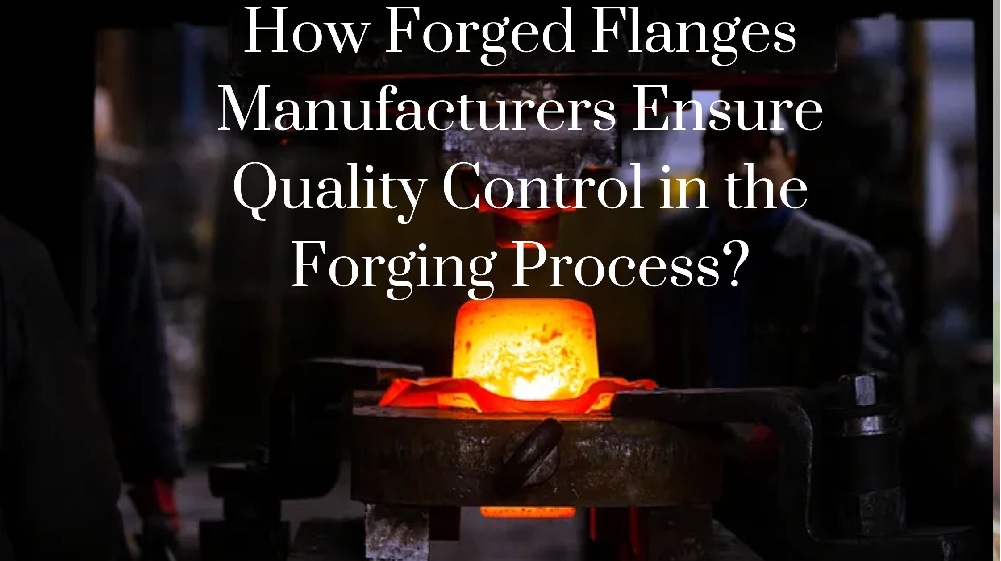More than just shelter, the roof above your company space defines the look, efficiency, and general worth of your property. Selecting the correct roof design may increase curb appeal, raise energy efficiency, and help your construction last for many years. Knowing the several available roof types will enable you to decide which one best fits your company, whether you are building a new or remodeling an old property.
1. The Versatility and Modern Appeal of Flat Roofs
Flat roofs are among the most commonly used designs for commercial roofing, recognized for their simple shape and practical applications. A flat roof provides a clean, contemporary appearance that may accentuate many various kinds of construction, unlike sloping roofs. Usually built from materials like modified bitumen, PVC, or TPO—which offer durability and resistance against different weather conditions—flat roofs have one of its key benefits in accessibility. On a level surface, maintenance chores such as cleaning or HVAC unit installation are considerably easier.
2. The Timeless Durability of Gable Roofs
A historic roofing design utilized for millennia is gable roofs. Common in both residential and commercial buildings, gable roofs are easily identified by their triangular form. Businesses looking for a classic design with great longevity will especially find this roof type ideal. Gable roofs’ high slope lets trash, rain, and snow roll off readily, therefore lowering the chance of leaks over time. Natural ventilation of gable roofs is another main benefit.
3. The Space Efficiency of Shed Roofs for Modern Businesses
A contemporary and space-efficient option for commercial buildings, shed roofs, which are also known as mono-pitched or skillion roofs, have a single-sloping surface. Companies who prefer a simple appearance yet maximize their available area will especially find this kind appealing. Smaller buildings, including expansions, warehouses, or even modern offices, can feature shed roofs. The capacity of shed roofs to optimize inside space is one of its main advantages. High ceilings made possible by the sloping form give the building an open and roomy impression.
4. The Distinctive Look and Weather Resistance of Hip Roofs
A unique roofing design with slopes on all four sides meeting at a central ridge called hip roofs. This symmetrical look produced by this design gives commercial buildings an elegant touch. Businesses in places with high winds or major storms will find hip roofs especially suitable, as they are especially stable and resilient. A hip roof’s capacity to survive strong weather is among its main benefits.
5. The Rustic Charm and Shade Benefits of Gambrel Roofs
Often connected with barns and country architecture, gambrel roofs give commercial buildings a little rustic appeal. Each side of this roof type has two slopes; the bottom slope is steeper than the top one. Restaurants, bed-and-breakfasts, and event venues—among other companies that aim to have a unique and friendly look—are appropriate for gambrel roofs. The additional area a gambrel roof offers is among its main advantages.
6. The Sleek and Energy-Efficient Butterfly Roofs
Named for its unusual form that mimics the wings of a butterfly, butterfly roofs are a contemporary and aesthetically arresting choice for commercial buildings. Two inward-sloping surfaces meet in the middle of this roof form a central valley. Often employed in modern and environmentally friendly designs, butterfly roofs are a terrific option for companies looking to distinguish out and stress sustainability. Effective rainwater collecting is one of the primary benefits of a butterfly roof. A drainage system channeling water into a storage tank will enable the Central Valley to be environmentally friendly in water consumption management.
7. The Classic Appeal and Shade Protection of Mansard Roofs
A traditional design that gives commercial buildings beauty and sophistication is Mansard roofs, also referred to as French roofs. Four sloping sides make up this roof form, and each side has two distinct slopes—an upper shallow slope and a lower steep slope. Commonly employed on elegant and ancient structures, Mansard roofs give a unique appearance that distinguishes a property.
Conclusion
Selecting the correct roof type for your company means weighing long-term advantages, utility, and appearance. Investing in the correct roof not only shields your company but also gives your space character, efficiency, and contrast—building a structure that will meet your demands for many years to come.
Photo Credit: Pexels



